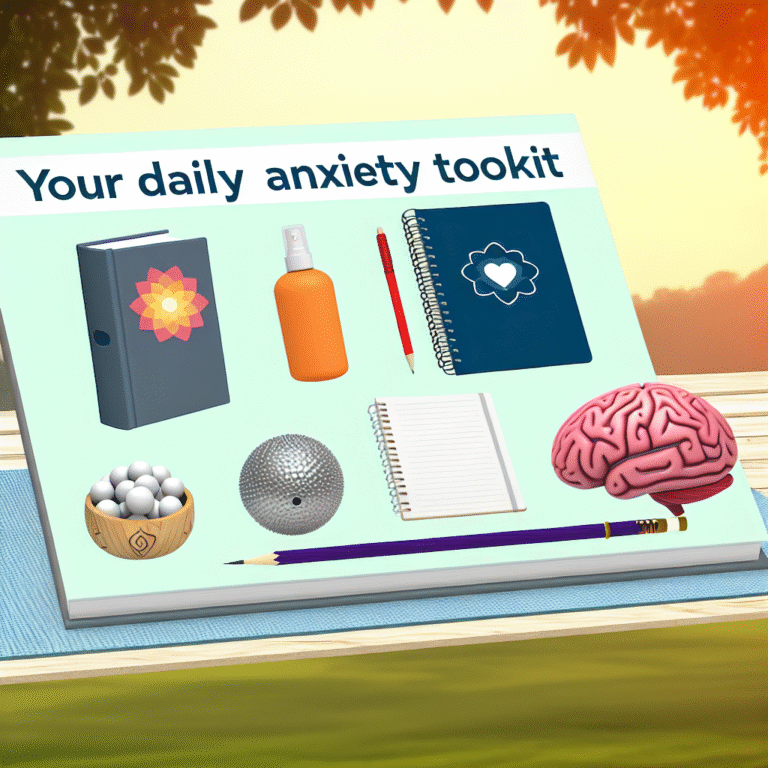
Behavioral Psychology in Action: Proven Strategies for Building Effective Teams
Introduction
In today’s fast-paced world, where collaboration is key and outcomes are often dependent on team dynamics, understanding how human behavior influences group performance has never been more critical. When we explore Behavioral Psychology in Action: Strategies for Building Effective Teams, we uncover a treasure trove of insights that can elevate team cohesion, drive productivity, and foster innovation. This journey into the realm of behavioral psychology isn’t just about theories; it’s packed with actionable strategies that can transform any group into an effective, high-performing team.
Imagine a workplace where each member feels valued, communication flows seamlessly, and conflicts are resolved constructively. Achieving this vision requires an understanding of behavioral psychology’s core principles and how they influence team interactions. Let’s delve into these powerful strategies that can help any organization create a thriving team environment.
Understanding Behavioral Psychology in Teams
The Role of Behavioral Psychology
Behavioral psychology studies how people’s actions are impacted by their environment and social interactions. In a team setting, understanding these dynamics is crucial for fostering collaboration and motivation.
Key Principles of Behavioral Psychology:
- Reinforcement: Positive behaviors are encouraged through rewards, making team members more likely to repeat those behaviors.
- Social Learning: People learn by observing others, which can help foster a culture of mentorship and guidance.
- Cognitive Dissonance: When belief and behavior clash, individuals are motivated to find harmony, which can be leveraged to promote alignment within teams.
By leveraging these principles, leaders can cultivate a more productive, engaged, and cohesive team.
The Importance of Team Dynamics
Team dynamics refer to the unconscious, psychological forces that influence a team’s behavior and performance. High-performing teams are distinguished by healthy dynamics characterized by trust, open communication, and mutual respect.
Strategies for Building Effective Teams
1. Establish Clear Goals
Why It Matters:
Setting clear, achievable goals provides a shared direction for the team. When everyone understands the objectives, it aligns individual efforts, boosts morale, and enhances accountability.
Real-World Application:
Consider Google’s approach to team goals, known as Objectives and Key Results (OKRs). This system ensures that every team member knows what they are aiming for and how their contributions matter to the overall vision.
| Goals | Status | Comments |
|---|---|---|
| Increase Sales | In Progress | Need more marketing |
| Improve Team Culture | Achieved | Conducted workshops |
2. Foster Open Communication
Why It Matters:
Open communication is the bedrock of effective teamwork. It encourages transparency, mutual understanding, and conflict resolution.
Real-World Case Study:
At Zappos, a culture of open communication has led to higher job satisfaction and lower turnover rates. Employees are encouraged to express their thoughts freely, which strengthens team bonds and fuels creativity.
3. Embrace Diversity
Why It Matters:
Diverse teams bring together different perspectives and ideas, fostering creativity and innovation. Behavioral psychology underscores the importance of inclusion, which helps to remind team members of the value of diverse insights.
Analysis:
A case study of IDEO, an innovation and design consultancy, showcases how diverse teams outperform homogeneous ones. The company intentionally diversifies its hiring process, resulting in uniquely innovative solutions.
4. Implement Team-Building Activities
Why It Matters:
Team-building activities are essential for improving interpersonal relations and building trust among members. Engaging in fun activities encourages collaboration and strengthens the group’s bond.
Real-World Application:
Companies like Salesforce prioritize regular team-building retreats and activities that focus on developing interpersonal skills, leading to improved team dynamics.
5. Encourage and Model Mutual Support
Why It Matters:
A supportive environment enhances individual performance and promotes a sense of belonging. Encouragement improves morale and fosters a positive climate conducive to productivity.
Case Study Analysis:
A study at the University of Michigan found that teams with mutual support systems significantly outperform those lacking such a culture. Implementing peer mentoring encourages supportive behaviors that benefit the entire team.
6. Offer Recognition and Rewards
Why It Matters:
Recognizing individual and team achievements boosts morale and reinforces productive behaviors. Recognition serves as a powerful motivator, leading to enhanced performance.
Real-World Application:
Companies like Microsoft have embraced a culture of appreciation where employees regularly recognize peers. This practice not only increases engagement but also strengthens overall team collaboration.
Conclusion
As we’ve explored Behavioral Psychology in Action: Strategies for Building Effective Teams, it’s clear that human behavior plays a pivotal role in shaping team dynamics. By applying these strategies—from establishing clear goals to nurturing open communication and mutual support—teams can elevate their performance and create an empowering cultural environment.
The inspiring takeaway? Leadership isn’t merely about assigning tasks; it’s about cultivating an environment where every team member feels valued and understood. Every action counts toward building effective teams that can navigate complexity and drive innovation.
FAQs
1. What is behavioral psychology in the context of teamwork?
Behavioral psychology focuses on how individual behavior is influenced by social contexts and interactions. In teamwork, it examines how these dynamics affect collaboration, motivation, and performance.
2. How can I implement these strategies in a remote team?
Leverage digital collaboration tools to set clear goals, foster communication, and encourage regular check-ins to build trust and camaraderie even at a distance.
3. What are some examples of team-building activities?
Consider virtual escape rooms, brainstorming workshops, or even casual game hours online. The goal is to promote interaction and team bonding.
4. How can I measure the success of these strategies?
Use surveys, performance metrics, team feedback sessions, and turnover rates to assess the impact of implemented strategies on team dynamics.
5. Why is diversity important in teams?
Diversity brings varied perspectives that enhance problem-solving and creativity, leading to innovative solutions and improved team performance.
As organizations navigate the complexities of modern teamwork, applying Behavioral Psychology in Action: Strategies for Building Effective Teams emerges as a transformative approach. Each strategy outlined not only fosters team effectiveness but also inspires a work culture where every member thrives, paving the way for sustained success.













